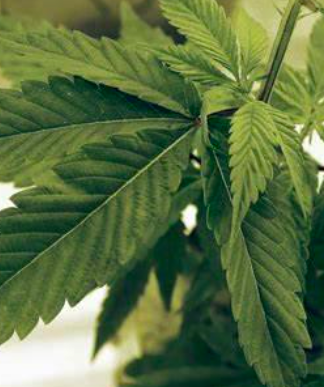Neon lights are attention-grabbing and remain bright no matter how many hours they are used. Popular for business advertising and seen from far away, they are affordable, easy to read, and can provide affordable advertising for businesses. Made from a gas that is contained in a lead glass tube, with an electrode to provide the light and a transformer to increase the voltage that is supplied.
Choosing Materials
While each of the glass tubes is made from the same moldable lead glass, and the electrodes are iron with one end sealed at the end of the tube with the open end showing within the tube itself, the gas within the tube varies. Attached to a transformer, it is boosted to a higher rating of voltages to increase the power that is flowing through the gas within the tube and causes it to glow brighter.
Selecting the correct gas for each neon signs in Australia is dependent on the colour that is desired. Originally neon gas was used for each of the colours in a neon light; there are now updated methods that use neon for red and orange, argon, and coatings within the tube of xenon, krypton, and helium to alter the colours that appear. To cause them to glow more brightly, there is often mercury added to the mixture, and in some situations, there is more than one gas included, such as an argon-neon balance, to create the needed colours with mercury for the glow.
The glass is shaped easily, and an electrode made from iron is added to the end to conduct the electricity through the tubing. For a brighter light, it may be connected to a transformer that will boost the power supplied. This requires a GTO wire, and is the same wire that is used to connect more than one of the tubes to the rest, allowing different colours to be powered at the same time and create the desired wording or images.
Process
The tubing is created first, and the inner is coated with liquid phosphor and allowed to dry, after which they are shaped into the necessary words or images. Different sizes of heat sources and torches to shape the tubes, and the shapes are followed on an asbestos sheet to ensure the correct shapes are created. They are then heated to a higher temperature than they are intended to use going forward, allowed to cool, and then the appropriate gas is added.
The gas is heated until the gases are all properly activated and glowing in the correct way. It will then stabilize and be ready for regular functioning. At this point, they are prepared for delivery to the end customer, with the gases heating up faster than they did the first time, though it can take a few minutes to fully heat and reach its needed glow. Neon will heat quicker and achieve the desired results more quickly than argon will, making them faster to produce and deliver.


























